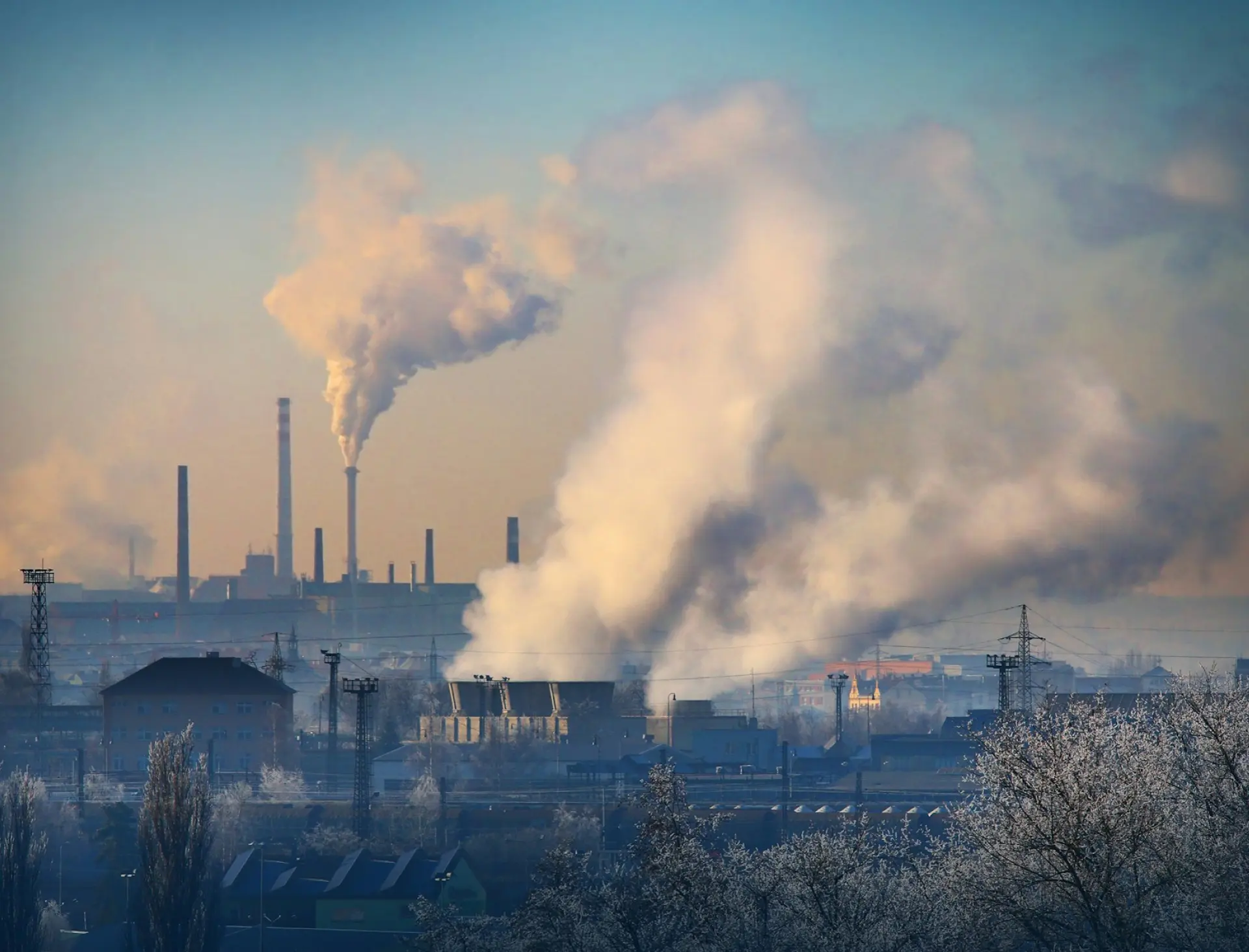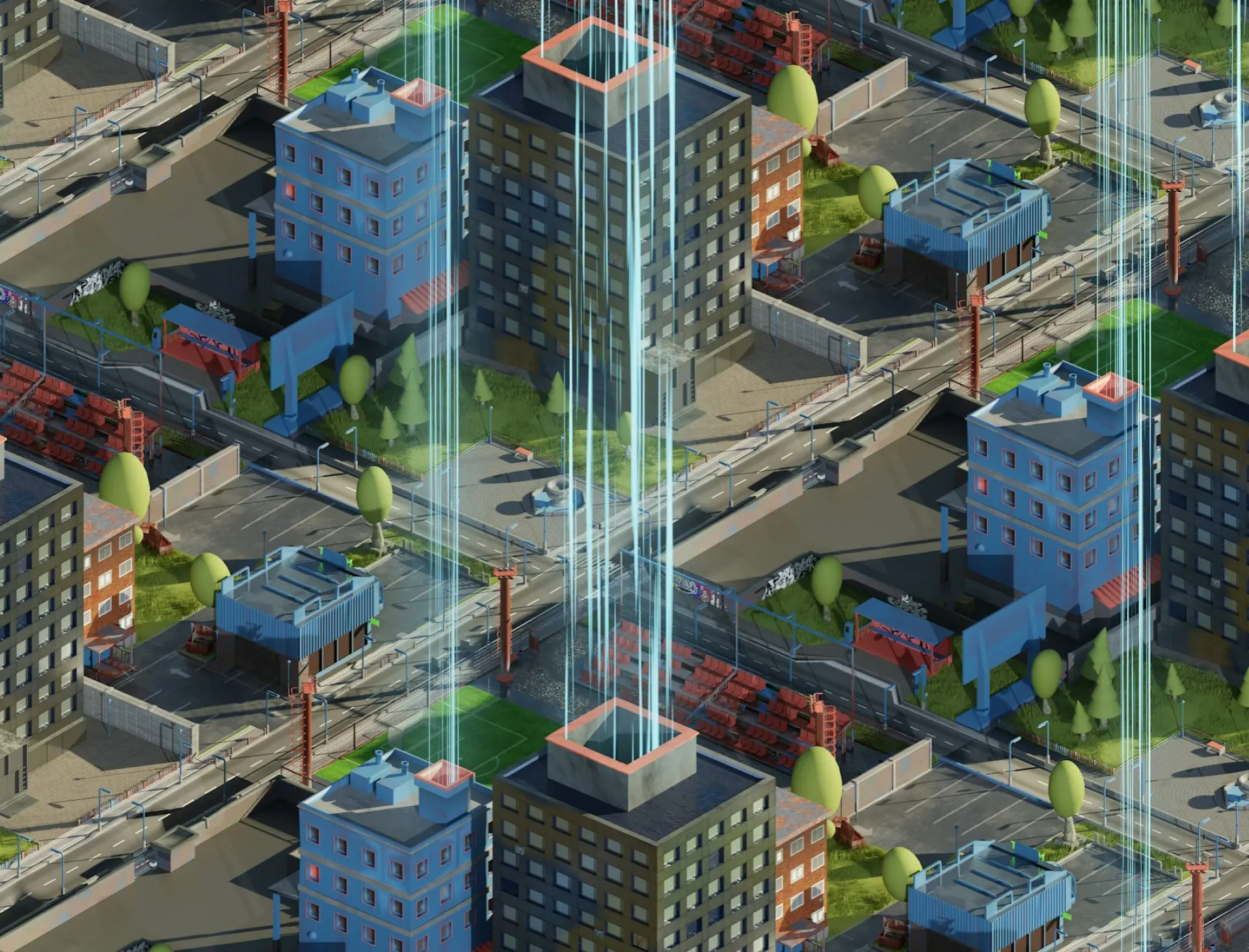Urban Resilience: Designing Cities for a 2 Celsius World

The Urban Climate Challenge
Cities face a dual challenge: they must reduce their carbon footprint while simultaneously adapting to the impacts of climate change. These impacts include:
- Increased frequency and severity of extreme weather events
- Rising sea levels threatening coastal communities
- Urban heat island effects exacerbating temperature rises
- Water scarcity and flooding issues
Nature-Based Solutions: Working with, Not Against, Nature
One of the most promising approaches to urban resilience is the integration of nature-based solutions (NBS). These strategies use natural processes to address urban challenges while providing multiple co-benefits.
Case Study: River Medlock Restoration, Manchester, UK
Manchester’s River Medlock Restoration project exemplifies the power of NBS. By restoring wetlands and implementing natural flood management techniques, the project:
- Reduced flood risks by 40% in surrounding areas
- Enhanced biodiversity, creating habitats for local wildlife
- Improved water quality in the river system
- Created new green spaces for community recreation
The success of this project demonstrates how working with natural systems can provide cost-effective, multifunctional solutions to urban climate challenges.
Heat Mitigation: Cooling Our Cities
Heat mitigation has become a critical focus for city planners as urban temperatures rise. Innovative approaches combine traditional methods with cutting-edge technology.
Case Study: Singapore's Smart Water Grid and Urban Cooling
Singapore’s comprehensive approach to urban cooling includes:
- Implementation of a smart water grid that reduces water losses and enables efficient distribution
- Integration of green roofs and vertical gardens on buildings
- Use of permeable pavements to reduce heat absorption
These combined efforts have led to a measurable decrease in urban temperatures, with some areas experiencing a reduction of up to 1.5°C. This not only improves residents’ comfort but also reduces energy consumption for cooling, creating a positive feedback loop for emissions reduction.
Challenges in Financing Urban Resilience
To overcome these challenges, cities and financial institutions are exploring innovative funding mechanisms:
- Resilience Bonds
Similar to green bonds, they are specifically focused on funding climate adaptation projects. - Public-Private Partnerships (PPPs)
Sharing risks and rewards between public and private entities to make projects more viable. - Value Capture Mechanisms
Capturing the increased property values resulting from resilience improvements to fund further projects. - Insurance-Linked Securities
Transferring climate risks to capital markets to provide funding for resilience projects.
Innovative Financing Solutions
Despite the clear benefits, financing remains a significant barrier to implementing urban resilience projects. Key challenges include:
- Long-term nature of benefits
Many resilience projects have upfront costs but long-term payoffs, making them less attractive to traditional financing models. - Difficulty quantifying benefits
The multifaceted nature of resilience projects makes calculating precise returns on investment challenging. - Limited public budgets
Many cities, especially in developing countries, lack the financial resources to implement large-scale resilience projects. - Private sector hesitation
Only 12% of urban resilience projects currently attract private capital, indicating new financing models and incentives are needed.
The Way Forward: Integrated Urban Planning
Building truly resilient cities requires an integrated approach that considers the following:
- Cross-sector collaboration
Breaking down silos between urban planning, environmental management and economic development. - Community engagement
Ensuring that resilience strategies reflect local needs and knowledge. - Data-driven decision making
Utilising climate models and urban data to inform planning decisions. - Flexible and adaptive design
Creating infrastructure that can evolve with changing climate conditions.
Conclusion
As we design cities for a 2°C world, urban resilience must be at the forefront of planning and development. By embracing nature-based solutions, innovative cooling strategies and new financing models, cities can not only adapt to climate change but also become more liveable, equitable and sustainable.
The challenges are significant, but so are the opportunities. As urban populations continue to grow, the decisions we make today about urban infrastructure will shape the resilience of our cities – and our planet – for generations to come. It’s time for bold action and innovative thinking to create the resilient cities of tomorrow.
More Insights

